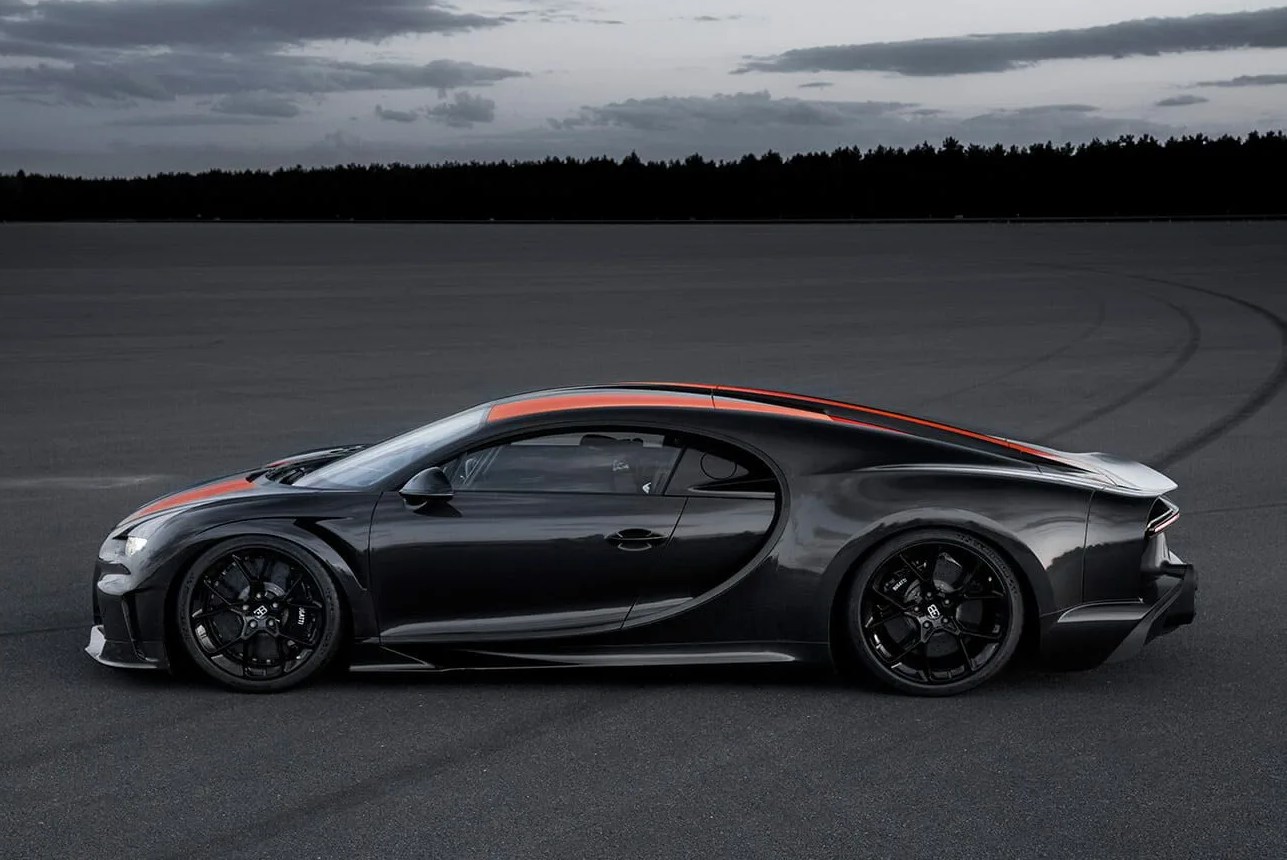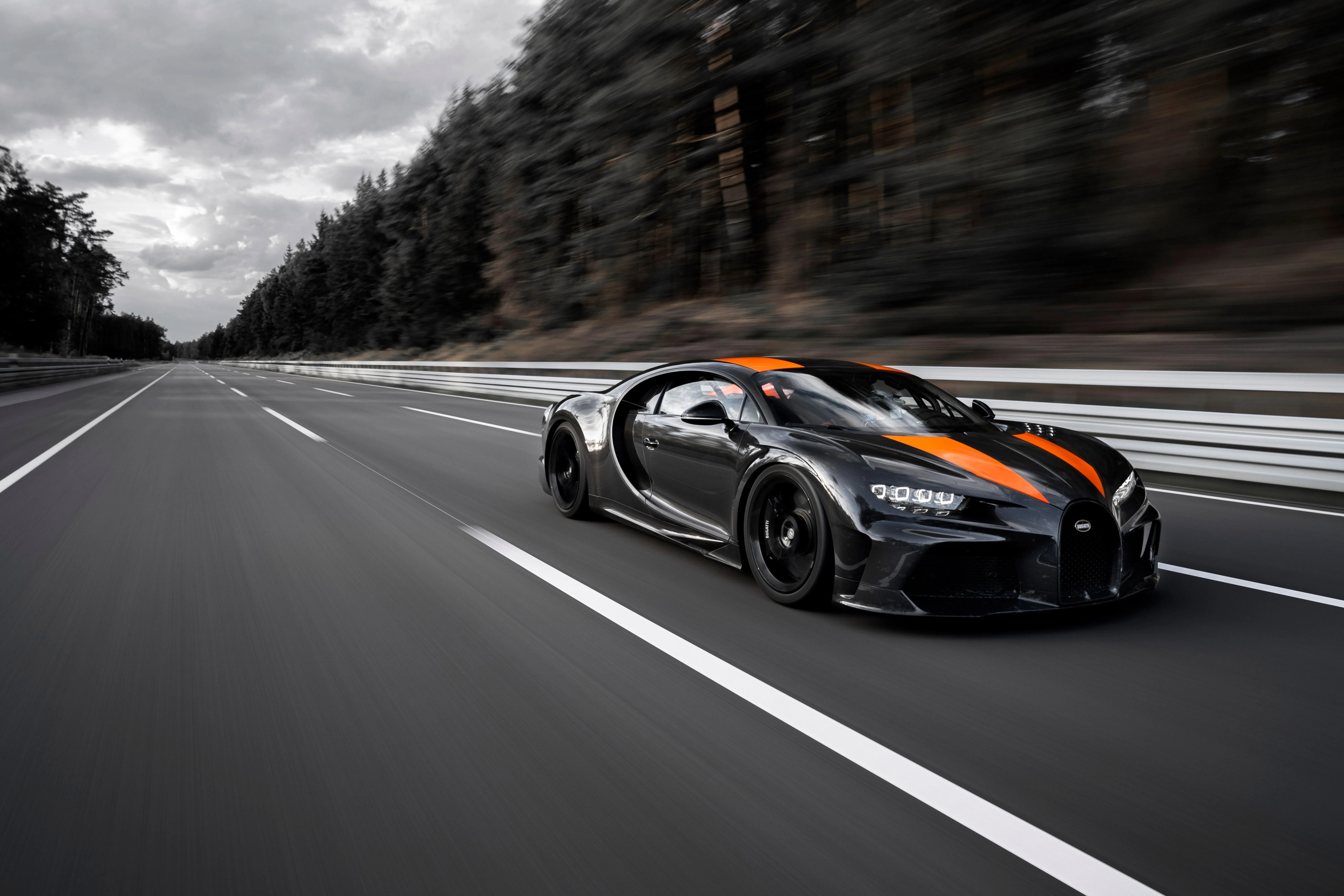Once upon a time, traversing the length of roughly one football field per second was the benchmark of sports car supremacy. Hitting two hundred miles per hour used to be an achievement unlockable only by a select few production cars; indeed, it didn’t happen until the 1987 Ferrari F40, aided by bare-bones features and paint so thin you could see through it.
How times change. These days, many plush sport sedans can just about kiss 200 mph — or rather, many could if not for speed limiters that hold them back to more reasonable speeds like 155 or 186. Modern supercars and hypercars aren’t so restricted; most of them can crack the double century with ease. Here in 2021, we’ve arrived at a new normal where 200 is meh; 300 miles per hour is the top tempo.
Is traveling on land a noble bragging right in the name of science, or a juvenile notion? Is the quest for maximum land speed built into mankind’s DNA since our first steps out of the mother continent? No disrespect to 200 mph, but it ain’t what it used to be. At least, not for any of these — the world’s fastest production cars.
2019 Bugatti Chiron Super Sport 300+
 Bugatti
BugattiTop Speed: 304.77 mph
Power: 1,578 hp
Engine: 8.0-liter quad-turbo W16
Weight: 4,544 lbs
Units Built: 30 planned
Bugatti might have developed carpal tunnel syndrome over the years from dropping the mic every time they set a new production car speed record. The latest and (so far) greatest example is the current holder of the “fastest car in the world” title: the Bugatti Chiron Super Sport 300+. The moniker isn’t random: this car is super, it’s sporty — and it goes 300-plus.







